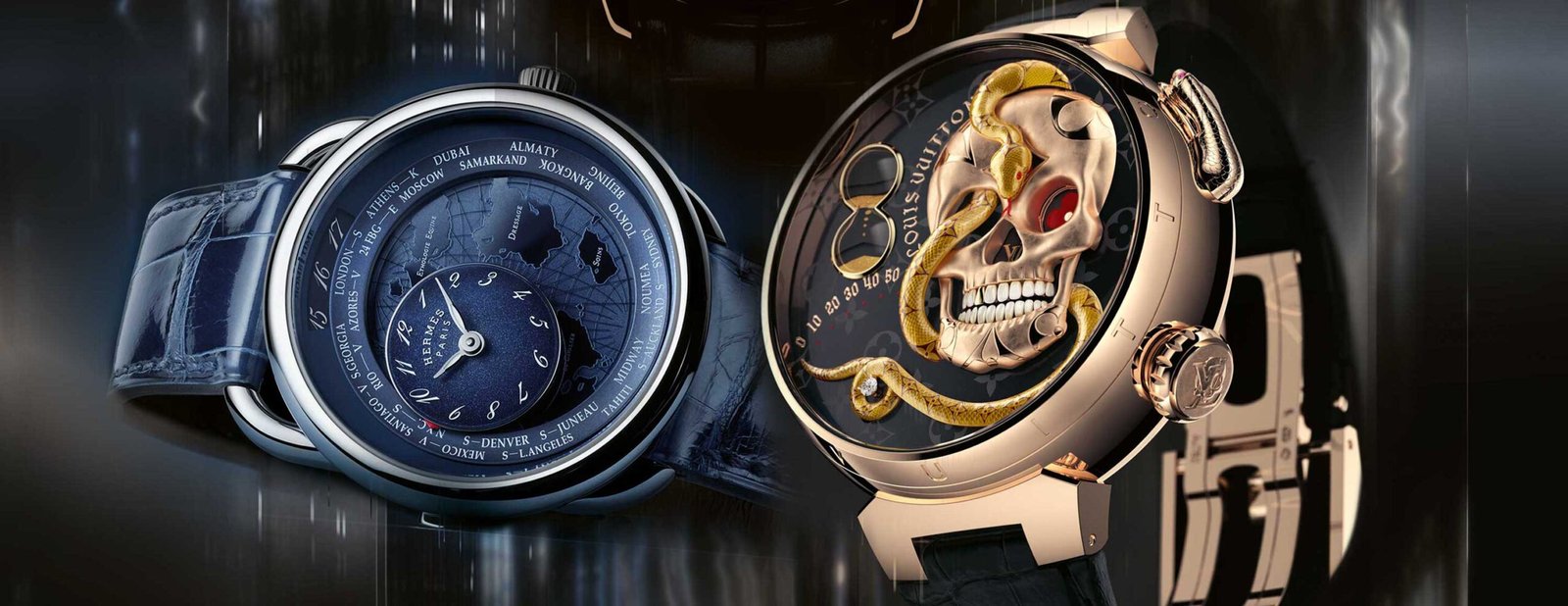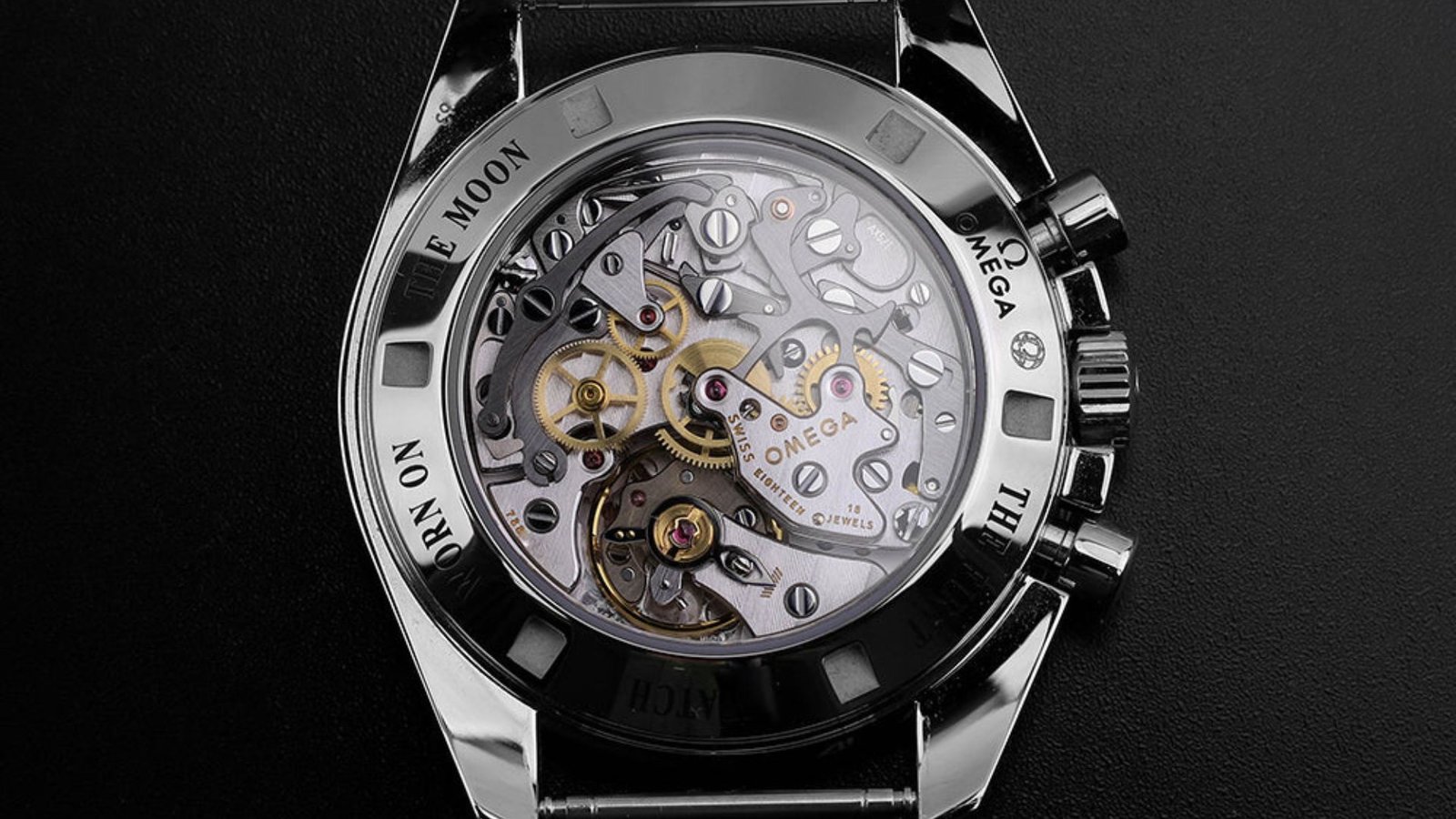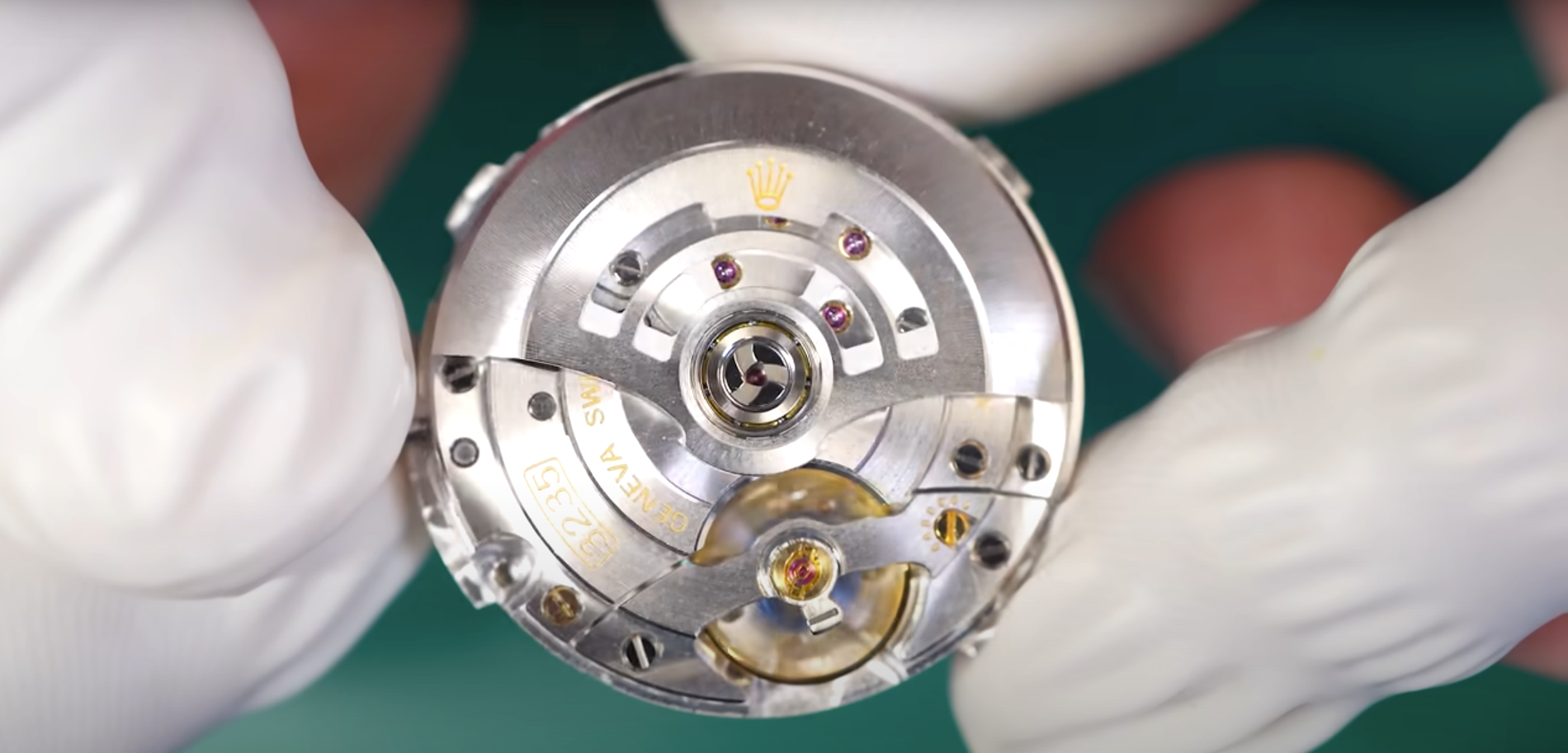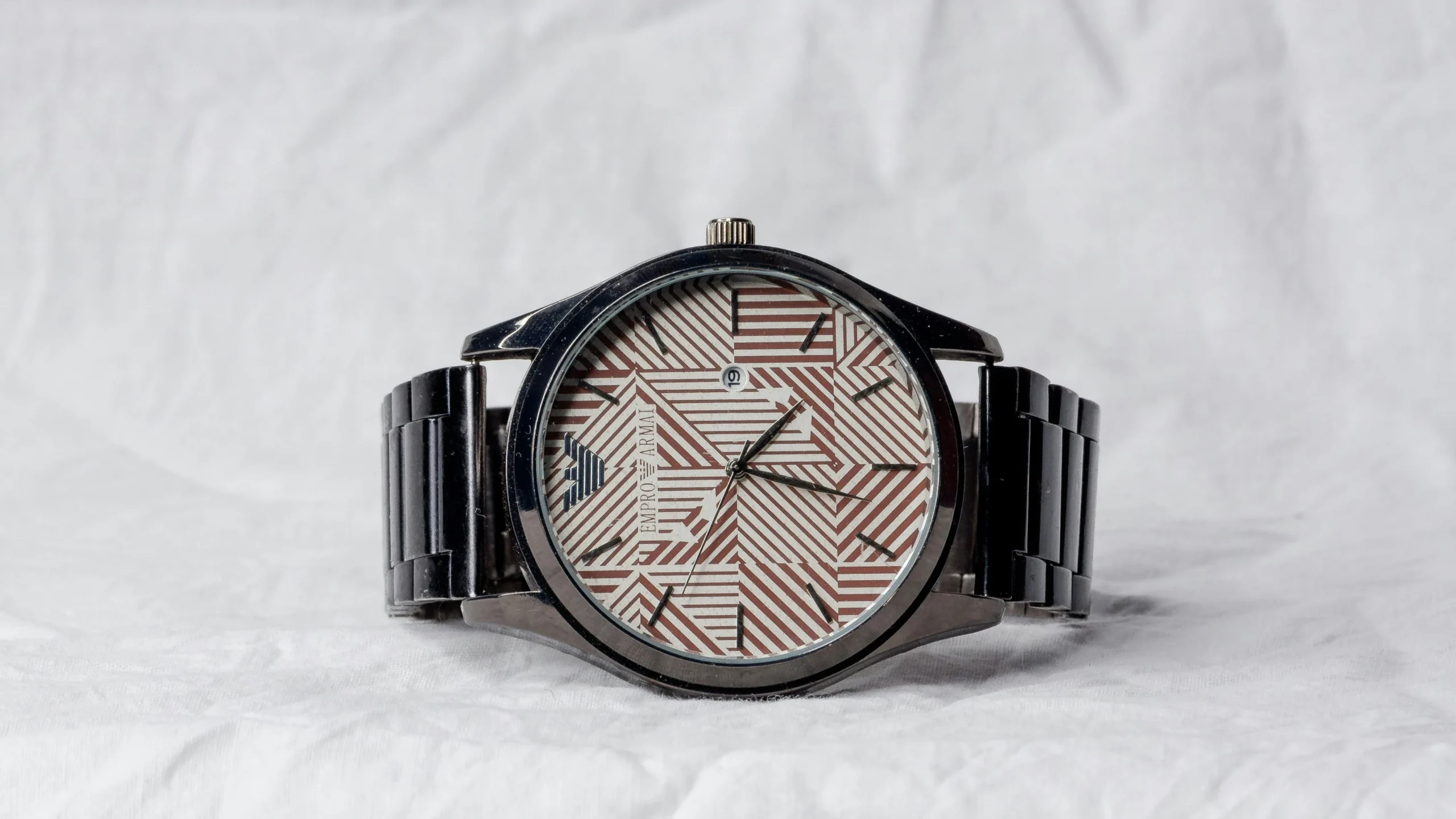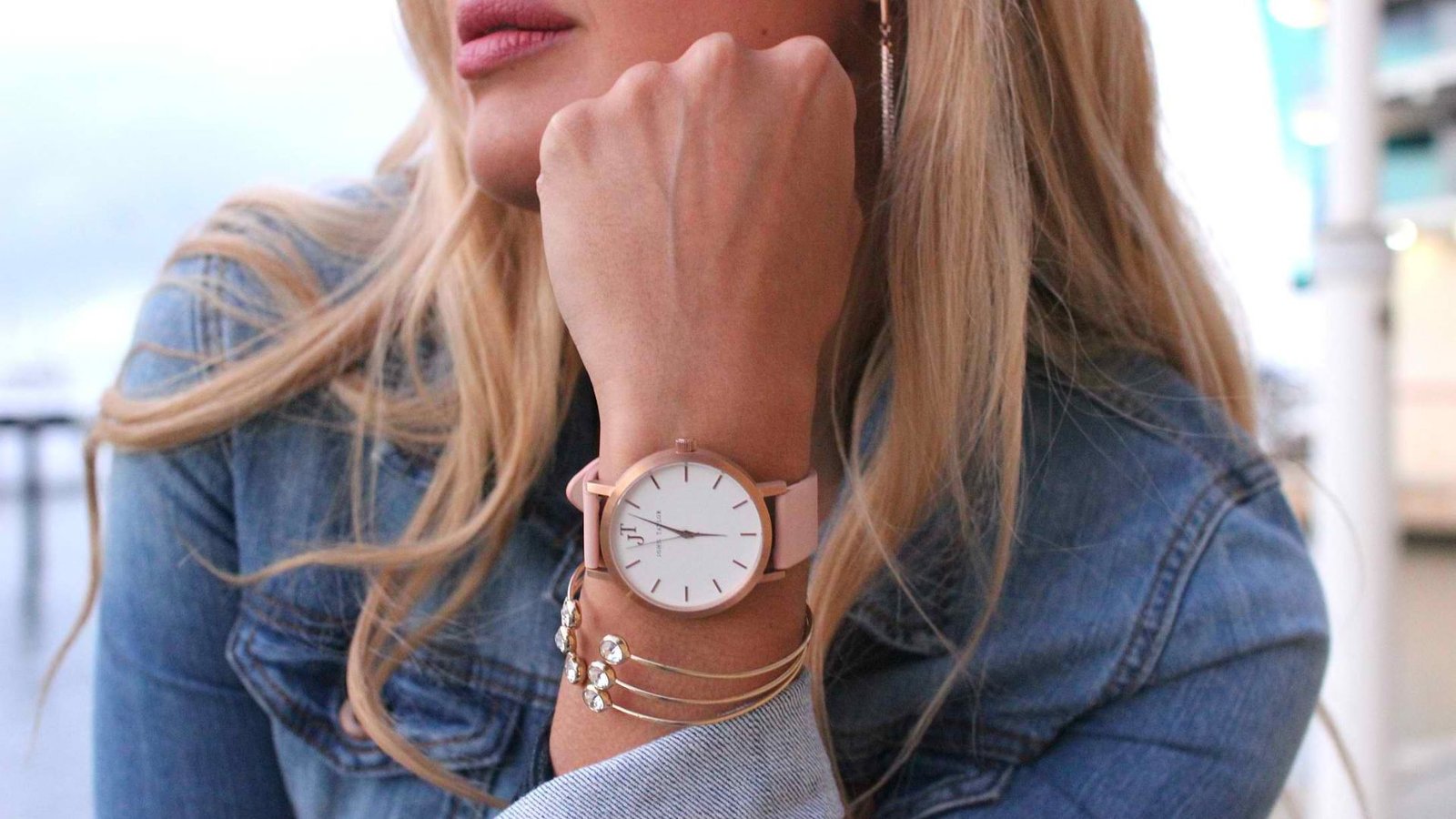Luxury watches have long been symbols of prestige, craftsmanship, and innovation. Over the decades, these timepieces have evolved significantly, reflecting changes in technology, fashion, and cultural preferences. From the early days of pocket watches to the sophisticated wristwatches of today, the journey of luxury watches is a fascinating one.
The Early Days: Pocket Watches
In the 16th century, the first portable timepieces emerged in the form of pocket watches. These early watches were prized for their intricate designs and craftsmanship. Made primarily for the wealthy, they were often adorned with precious metals and jewels. The pocket watch remained popular through the 18th and 19th centuries, becoming a staple accessory for gentlemen.

The Advent of Wristwatches
The turn of the 20th century marked a significant shift in watch design with the introduction of wristwatches. Initially, wristwatches were seen as feminine accessories, but World War I changed this perception. Soldiers found wristwatches to be more practical than pocket watches, leading to a surge in their popularity among men. This era saw brands like Rolex and Cartier rise to prominence, setting the stage for the modern luxury watch market.
The Quartz Revolution
The 1970s brought about a technological upheaval known as the Quartz Revolution. Quartz watches, powered by a battery and a quartz crystal, offered unprecedented accuracy at a lower cost compared to mechanical watches. This period saw the rise of brands like Seiko, which challenged traditional Swiss watchmakers. The industry faced a crisis, but it also spurred innovation and the creation of high-precision mechanical watches.
Modern Innovations
Today, luxury watches are a blend of tradition and innovation. Brands like Patek Philippe, Audemars Piguet, and Richard Mille continue to uphold the art of mechanical watchmaking, while also incorporating modern materials and technologies. Features such as tourbillons, perpetual calendars, and chronographs showcase the pinnacle of horological craftsmanship. Additionally, smartwatches have entered the luxury market, offering connectivity and advanced functionalities alongside classic designs.
Design Trends Over the Decades
Luxury watch designs have evolved to reflect the styles and preferences of each era. The Art Deco movement of the 1920s introduced bold geometric designs, while the 1950s and 1960s favored sleek, minimalist aesthetics. The 1980s saw the popularity of oversized watches, a trend that continues in various forms today. Contemporary luxury watches often combine vintage elements with modern touches, appealing to both traditionalists and trendsetters.
Sustainability and Ethical Practices
In recent years, the luxury watch industry has also embraced sustainability and ethical practices. Brands are increasingly using recycled materials, reducing their carbon footprints, and ensuring ethical sourcing of precious metals and gemstones. This shift not only meets the growing consumer demand for responsible luxury but also sets a new standard for the industry.
The Future of Luxury Watches
As we look to the future, the evolution of luxury watches is likely to continue along the lines of innovation and sustainability. Advances in materials science, such as the use of ceramics and carbon composites, will further enhance durability and performance. Additionally, the integration of smart technology into traditional watch designs will offer new functionalities without compromising on elegance.
Luxury watches remain timeless symbols of craftsmanship and style. Their evolution over the decades reflects not only technological advancements but also changes in societal values and preferences. Whether you’re a collector or simply an admirer, the history and future of luxury watches offer a rich tapestry of innovation and tradition to explore.







